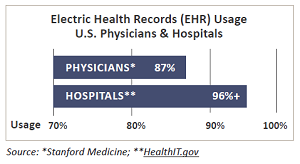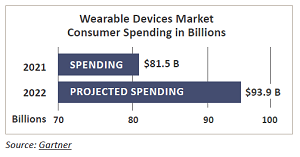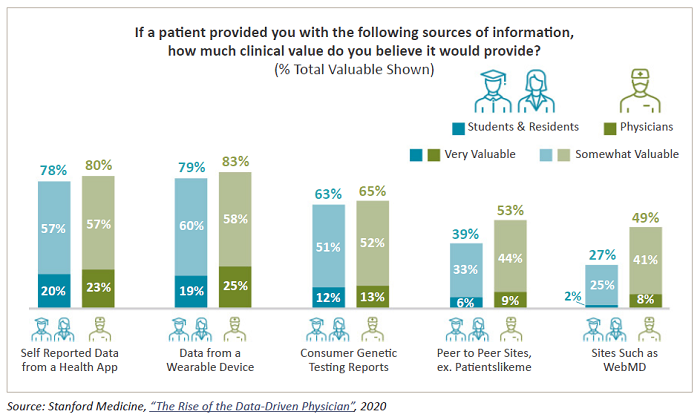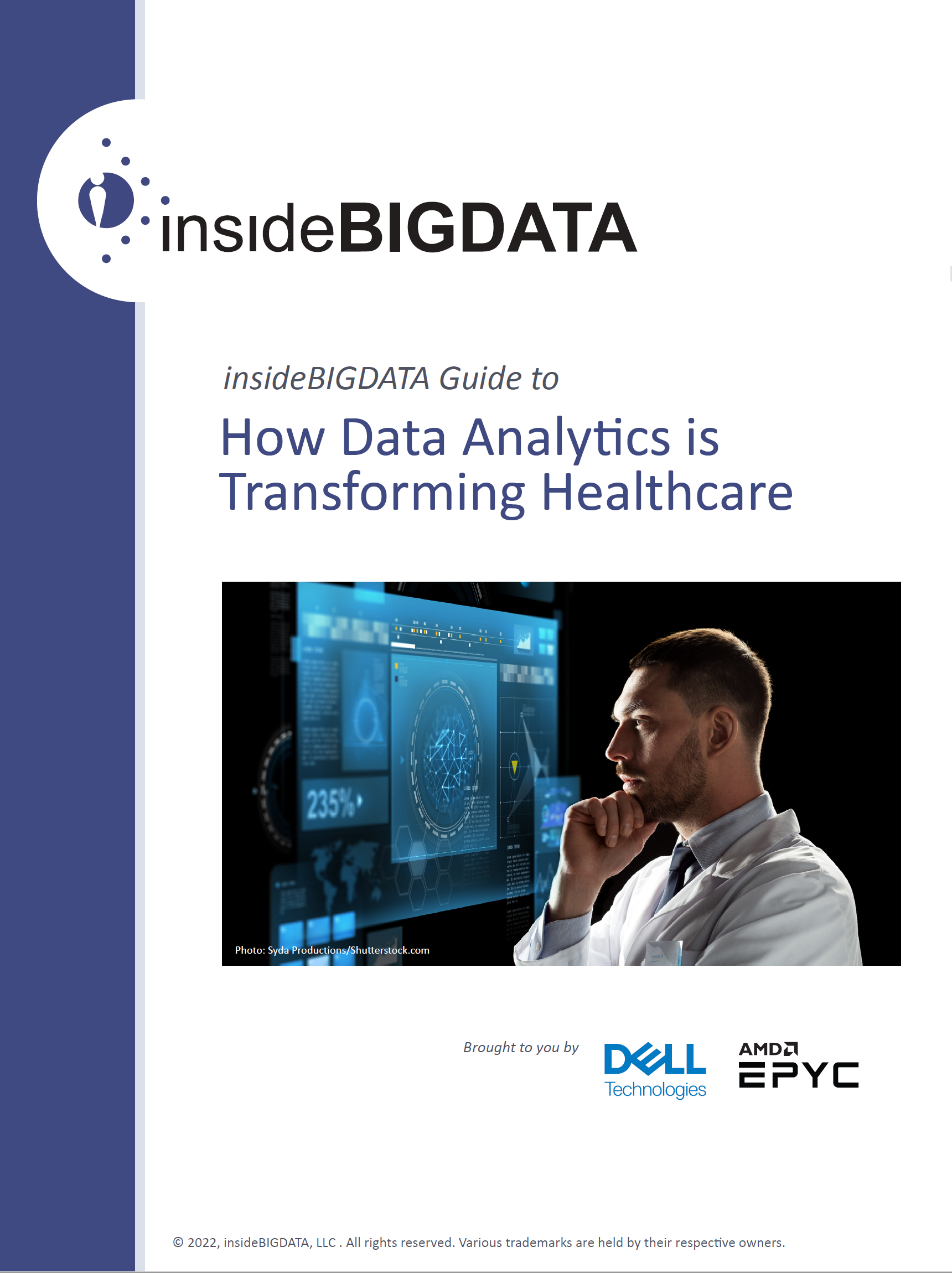Sponsored Post
Data-driven healthcare

When the average person imagines cutting-edge medical research, they picture doctors and scientists in white coats surrounded by chemicals, beakers, and specialized equipment. But the truth is that some of today’s greatest medical innovations come from a very different setting—people sitting at computers running analytics software.
This is no secret to people involved in the healthcare industry, of course. Administrators, physicians, researchers, and students are all aware that data analytics is in the process of transforming healthcare around the world. In fact, a Stanford Medicine report on “The Rise of the Data-Driven Physician” revealed that “nearly three-quarters of all medical students and nearly half of all physicians are planning to pursue additional education in data-oriented such as advanced statistics and data science.”
In addition, organizations are investing vast sums in analytics technology. Market researchers say that the global healthcare analytics market will likely be worth $39.7 billion in 2022 and is increasing at a 19% compound annual growth rate (CAGR).
Similarly, a Huron Consulting Group report titled “Embracing Healthcare’s Digital Transformation” found that nearly half of healthcare leaders surveyed (47%) are looking to data management and analytical decision making to help their organizations grow.
However, that same report added, “Digital, technology, and analytics strategies exist for nearly all organizations, yet only 30% have begun to execute on those plans.”
If your organization is one of the many that is still in the early stages of implementing its big data analytics strategy, you likely still have many unanswered questions. This technology guide, “insideAI News Guide to How Data Analytics is Transforming Healthcare,” sponsored by Dell Technologies, provides an overview of some of the trends influencing big data in healthcare, the potential benefits, likely challenges, and recommended next steps.

Trends affecting big data in healthcare
Why has data analytics become so important to medical professionals? In part, the trend toward data-driven healthcare is part of a larger trend that spans multiple industries. Technological advances have made it much more affordable to store big data while also enabling faster data processing and advanced techniques like machine learning. However, several trends specific to the healthcare industry are also contributing to greater use of big data analytics in the medical field. Here are four of the most important:
ELECTRONIC HEALTH RECORDS

Around the world, regulatory bodies have been encouraging healthcare organizations to adopt electronic health records (EHRs). In the United States, legislation like the HITECH Act and the 21st Century Cures Act has helped drive EHR adoption and encourage greater interoperability.
According to Stanford Medicine, 87% of U.S. physicians make use of EHRs in their practice, and HealthIT.gov reports that more than 96% of U.S. hospitals use EHRs.
Many organizations have found that complying with the laws regarding EHRs also have financial benefits for the organizations. These financial benefits are prompting them to expand their use of electronic records. In fact, Huron Consulting Group found that 62% of healthcare leaders expect to make investments in EHR and enterprise resource planning (ERP) systems over the next 18 months.
All those electronic records mean that organizations have a lot more data available that they can use for data analytics projects.
WEARABLE HEALTH MONITORS

Another trend that is adding to the growing volumes of available medical data is the number of consumers who are buying and using wearable health monitors. Fitbit, Apple, Samsung, and a host of other manufacturers offer smartwatches, wristbands, smart rings, and other devices that can monitor your:
- heart rate
- step count
- breathing rate
- oxygen saturation
Those devices are tremendously popular. According to Gartner, consumers spent an estimated $81.5 billion on wearable devices in 2021. And in 2022, the market will likely grow to $93.9 billion.
Not only are consumers using this data to inform their own daily decisions, they are also increasingly sharing it with their physicians and other healthcare providers. In the Stanford survey, 83% of physicians believed this data was at least somewhat valuable. And interestingly, 71% of physicians surveyed said they use the results or data from their own wearable devices to help inform their personal healthcare decisions.

GENETICS
Many of the same technological advances that have made it more affordable to store and process big data have also made genetic sequencing much more widely available. The first time scientists completely sequenced a human genome, it took 13 years and about a billion dollars. Today, consumers can order a kit that provides some DNA analysis within a few weeks for under $100. And some machines available to researchers can sequence an entire human genome in just an hour.
Already, genetics is playing a larger role in diagnosis and treatment of many diseases, and experts say that trend is likely to increase in the coming years.
Physicians are taking note. Among physicians from the Stanford survey who were planning to take classes to learn about new innovations, 38% planned to take classes in genetic counseling.
This genetic data is also adding to the total quantity of big data in healthcare, and it opens up a lot of new opportunities for research.
ARTIFICIAL INTELLIGENCE
Not too long ago, artificial intelligence (AI) was the stuff of science fiction. Today, most of us use AI every day in the form of smartphone voice assistants, recommendation engines, facial recognition, voice-to-text transcription, smart home devices, and more.
AI also has some specific uses for healthcare, such as using visual processing algorithms that can read scans or medical assistants that can help physicians more accurately diagnose ailments. According to the Stanford survey, “Almost 40% of physicians, students, and residents see the potential for AI to transform healthcare in the next five years.”
One of the most significant areas where AI could improve business of healthcare is in the back office. In a Huron Consulting Group survey, 60% of healthcare leaders said that they expect robotic process automation (software that handles repetitive tasks) and/or AI tools to help drive down costs.
Over the next few weeks we’ll explore these topics:
- Data-driven healthcare; What is big data?; Trends affecting big data in healthcare
- Benefits of big data in healthcare
- Challenges of big data in healthcare; What should you do today?; Choosing the right infrastructure for big data analytics
Download the complete iinsideAI News Guide to How Data Analytics is Transforming Healthcare technology guide courtesy of Dell Technologies and AMD.





Most NHS records in the UK have issues with incomplete and bad data that needs to be addressed. It’s a project of mine using iData to make it better. Allowing data scientists and even playing field to do their analysis.